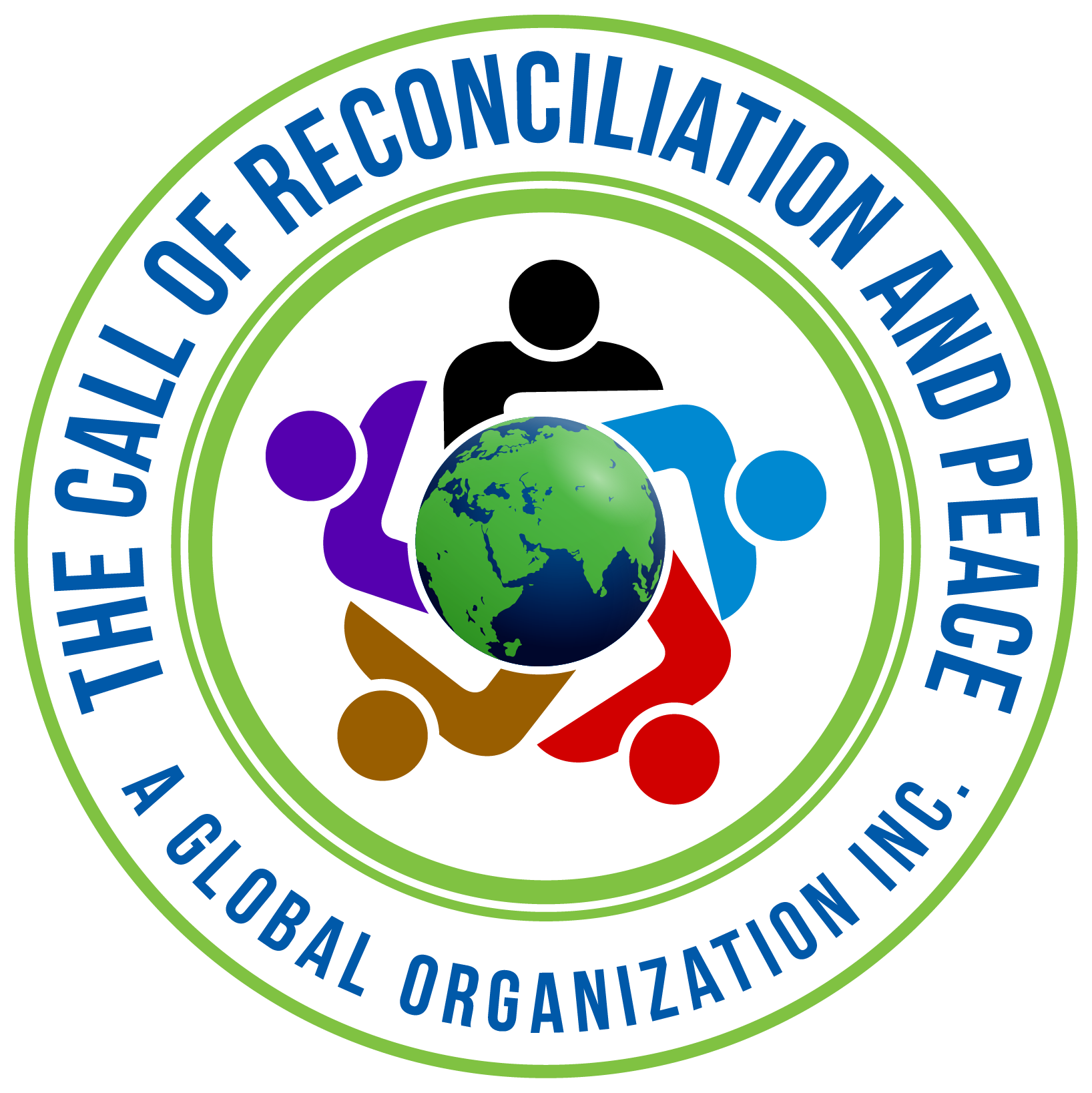Building resilience in today’s unpredictable world extends beyond individual efforts; it relies heavily on the strength of community, shared knowledge, and collective emotional support. As explored in How Wisdom and Connection Shape Modern Uncertainty, wisdom and connection form the foundation for navigating complex challenges. This article delves deeper into how communities harness collective wisdom and foster connections to bolster resilience, illustrating why these elements are crucial in facing ongoing and future uncertainties.
1. The Role of Collective Wisdom in Building Resilience
a. Defining collective wisdom beyond individual knowledge
Collective wisdom refers to the shared insights, experiences, and knowledge that emerge from group interactions and cultural traditions. Unlike individual expertise, it embodies a community’s accumulated understanding, often passed down through generations. This wisdom manifests in practices, norms, and values that enable communities to adapt and respond effectively during crises. For example, indigenous communities worldwide have relied on traditional ecological knowledge—such as farming cycles and resource management—to survive environmental upheavals, illustrating how collective wisdom operates as a critical resilience resource.
b. Historical examples of community-driven resilience in times of crisis
Throughout history, many societies have demonstrated resilience rooted in shared knowledge. The response of European villages during the Black Death, where communal efforts in quarantine and resource sharing minimized devastation, exemplifies this. Similarly, during the 2010 earthquake in Haiti, local community networks played a vital role in immediate response and recovery, often compensating for governmental shortcomings. These instances highlight how collective wisdom, rooted in cultural practices and local knowledge, enables communities to withstand and recover from crises.
c. How shared experiences foster adaptive capacities in communities
Shared experiences foster trust and a sense of unity, which are essential for adaptive resilience. When communities face adversity together, they develop a collective memory that guides future responses. For example, the community-led recovery after Hurricane Katrina involved local knowledge and shared narratives about resilience, helping residents adapt to ongoing challenges. Such collective memory acts as an adaptive mechanism, enabling communities to learn from past events and prepare more effectively for future uncertainties.
2. Connecting Through Shared Values and Narratives
a. The importance of cultural stories and traditions in reinforcing bonds
Cultural stories and traditions serve as the threads weaving community cohesion. They embody collective values and history, providing a shared sense of identity that sustains communities through crises. For instance, storytelling in Pacific Island societies reinforces resilience by transmitting lessons learned during past storms or invasions, fostering a collective mindset geared toward survival.
b. Creating a collective identity to withstand uncertainty
A strong collective identity—shaped by shared values, symbols, and narratives—acts as a psychological anchor during uncertain times. It fosters resilience by promoting solidarity and collective responsibility. The Scottish Highland clans, for example, maintained a resilient social fabric through shared symbols and traditions, enabling them to endure political upheavals and social change.
c. The influence of storytelling on collective problem-solving
Storytelling facilitates collective problem-solving by allowing communities to interpret challenges, share lessons, and develop innovative solutions. Modern examples include community forums and digital storytelling platforms where residents collaboratively address local issues, such as climate change adaptation or economic development. These narratives foster a sense of agency and collective efficacy essential for resilience.
3. Social Capital as a Foundation for Resilience
a. Understanding social networks and trust as resources
Social capital encompasses the networks, trust, and norms that enable cooperation within communities. Research indicates that communities with high social capital recover faster from disasters due to effective communication and mutual support. For example, during the COVID-19 pandemic, neighborhoods with strong social ties organized volunteer groups for grocery deliveries and health checks, demonstrating how social connections serve as vital resources.
b. The impact of social cohesion on community response to crises
Social cohesion enhances collective action, reduces conflict, and builds trust—key factors in effective crisis response. The success of mutual aid groups during recent emergencies underscores this, as cohesive communities could mobilize resources rapidly, share information, and support vulnerable members. Studies confirm that higher social cohesion correlates with better health outcomes and resilience in disaster contexts.
c. Strategies to strengthen social capital in diverse groups
Building social capital involves fostering inclusive community participation, encouraging dialogue, and creating shared spaces. Initiatives such as community gardens, local festivals, and civic forums have proven effective. Policy interventions that promote diversity and equitable resource distribution further enhance social cohesion, making communities more resilient to future shocks.
4. Digital Connectivity and Its Impact on Collective Resilience
a. How online communities amplify collective wisdom
Digital platforms extend the reach of collective knowledge, enabling rapid information sharing and collaboration. During crises like natural disasters or pandemics, online forums and social media have facilitated real-time coordination, resource sharing, and emotional support. For example, Facebook support groups during COVID-19 provided vital information and solidarity across geographic boundaries.
b. Risks and opportunities of digital connection in uncertain times
While digital connectivity offers opportunities for enhanced resilience, it also presents risks such as misinformation and digital divides. Misinformation can undermine trust, while unequal access limits participation. Addressing these challenges requires promoting digital literacy and ensuring equitable access to technology, thus maximizing the benefits of online collective wisdom.
c. Building digital literacy to enhance community resilience
Digital literacy programs empower communities to evaluate information critically and participate effectively in online networks. Initiatives include community workshops, school curricula, and public campaigns that teach skills like fact-checking, digital safety, and effective online communication—crucial for maintaining resilient digital communities.
5. Emotional Resilience Through Collective Support
a. The role of empathy and shared emotional experiences
Empathy and shared emotional experiences foster trust and solidarity, essential for collective resilience. Community rituals, storytelling, and support groups enable members to process trauma and build emotional strength. Psychological studies show that communal emotional support reduces stress and promotes adaptive coping mechanisms during crises.
b. Community-based mental health initiatives
Programs such as peer support networks, mental health workshops, and crisis hotlines leverage community ties to address emotional well-being. For example, in post-disaster zones, local mental health volunteers trained in psychological first aid have significantly improved recovery outcomes.
c. Facilitating vulnerability to strengthen bonds
Encouraging openness and vulnerability within communities fosters deeper connections and mutual understanding. Safe spaces for sharing fears and challenges enable communities to mobilize collective emotional resources, reinforcing resilience against ongoing stressors.
6. From Individual to Collective Action: Mobilizing Resilience
a. Transitioning from personal adaptation to community-led initiatives
Effective resilience requires shifting from individual coping strategies to coordinated community efforts. This transition involves fostering local leadership, organizing collective actions, and establishing structures for ongoing collaboration. The success of neighborhood emergency response teams exemplifies how local initiative can amplify resilience.
b. Case studies of successful collective responses to uncertainty
Case studies such as the Community Resilience Initiatives in the Netherlands demonstrate how local groups implement scalable models—like early warning systems and resource pooling—to respond to floods and climate risks. These models showcase the power of collective action rooted in shared knowledge and trust.
c. Designing scalable models for community resilience projects
Scalable resilience models involve adaptable frameworks that can be tailored to different community sizes and contexts. Approaches include modular training programs, digital platforms for coordination, and policy collaborations. These models facilitate widespread adoption and sustained resilience efforts.
7. Challenges to Building Collective Resilience
a. Overcoming mistrust and social fragmentation
Mistrust and social fragmentation hinder collective action. Strategies to address these include promoting inclusive dialogue, conflict resolution initiatives, and community-building activities that bridge divides. Evidence suggests that trust-building significantly enhances resilience outcomes.
b. Addressing inequalities that hinder collective efforts
Inequalities—whether economic, racial, or social—undermine collective resilience by marginalizing vulnerable groups. Policies aimed at equitable resource distribution, participatory decision-making, and inclusive leadership are essential to overcoming these barriers.
c. Navigating conflicting interests within communities
Conflicting interests can stall resilience initiatives. Facilitating consensus through transparent communication and mediating diverse perspectives are vital. Adaptive governance models that incorporate stakeholder input foster sustainable collective action.
8. Bridging Back to Wisdom and Connection in Modern Uncertainty
a. How collective resilience exemplifies the practical application of wisdom and connection
Community resilience demonstrates how collective wisdom and social bonds translate into tangible actions that mitigate risks and foster recovery. Examples include coordinated disaster response, community-led health initiatives, and mutual aid networks, all rooted in shared knowledge and trust.
b. Lessons learned from resilient communities for shaping future strategies
Key lessons include the importance of fostering social capital, nurturing shared narratives, and embracing adaptive leadership. Resilient communities actively invest in relationships and knowledge-sharing systems, preparing themselves better for future uncertainties.
c. Reaffirming the importance of collective wisdom in navigating ongoing and future uncertainties
As challenges grow more complex, the collective wisdom embedded in social networks and cultural traditions becomes increasingly vital. Strengthening these elements ensures communities can not only survive but thrive amid uncertainty, embodying the core message of How Wisdom and Connection Shape Modern Uncertainty.


